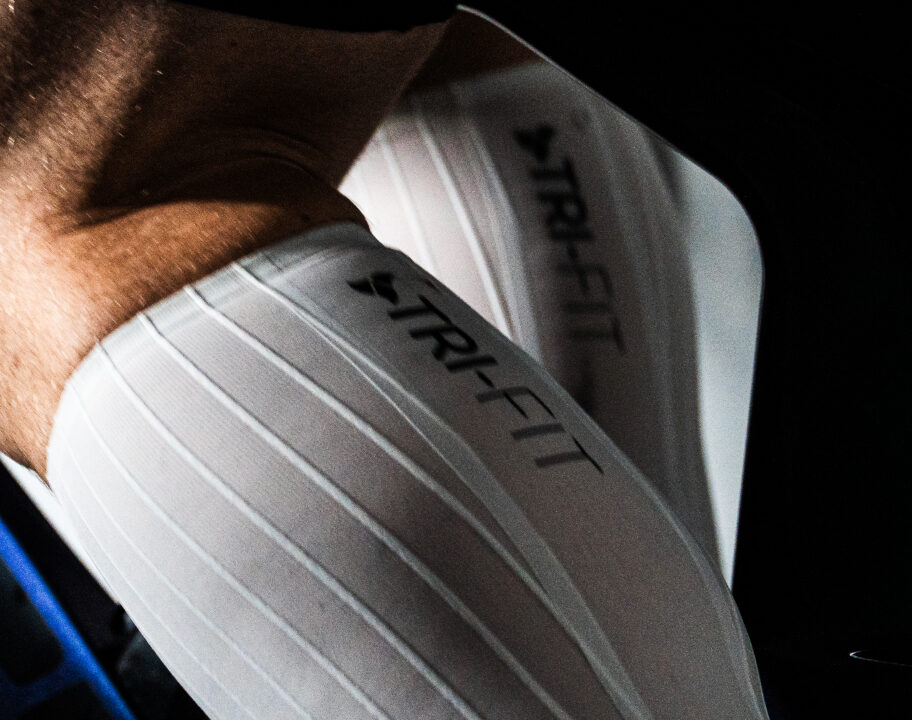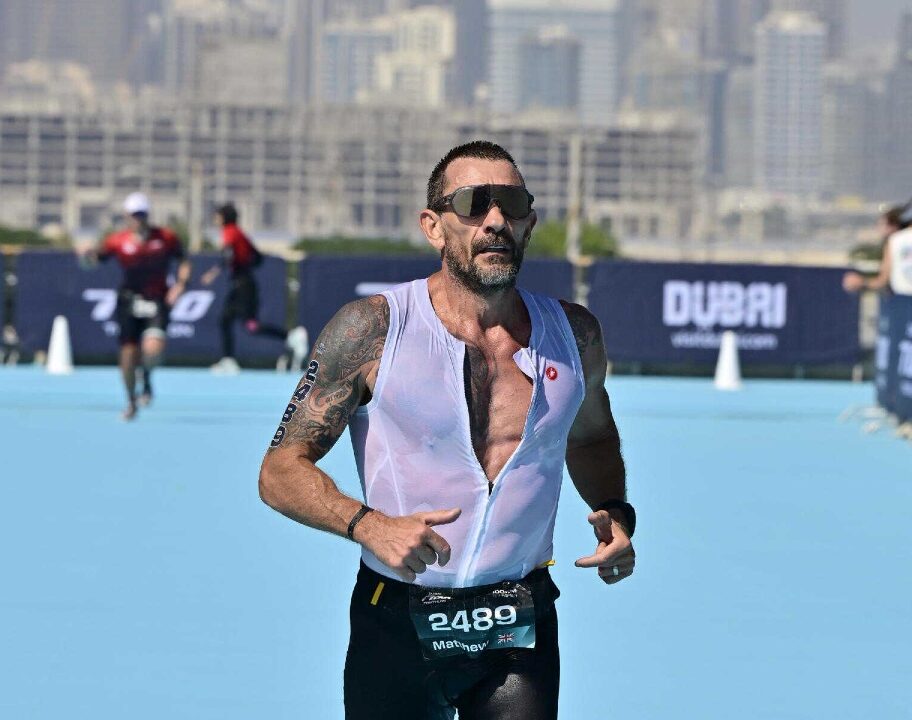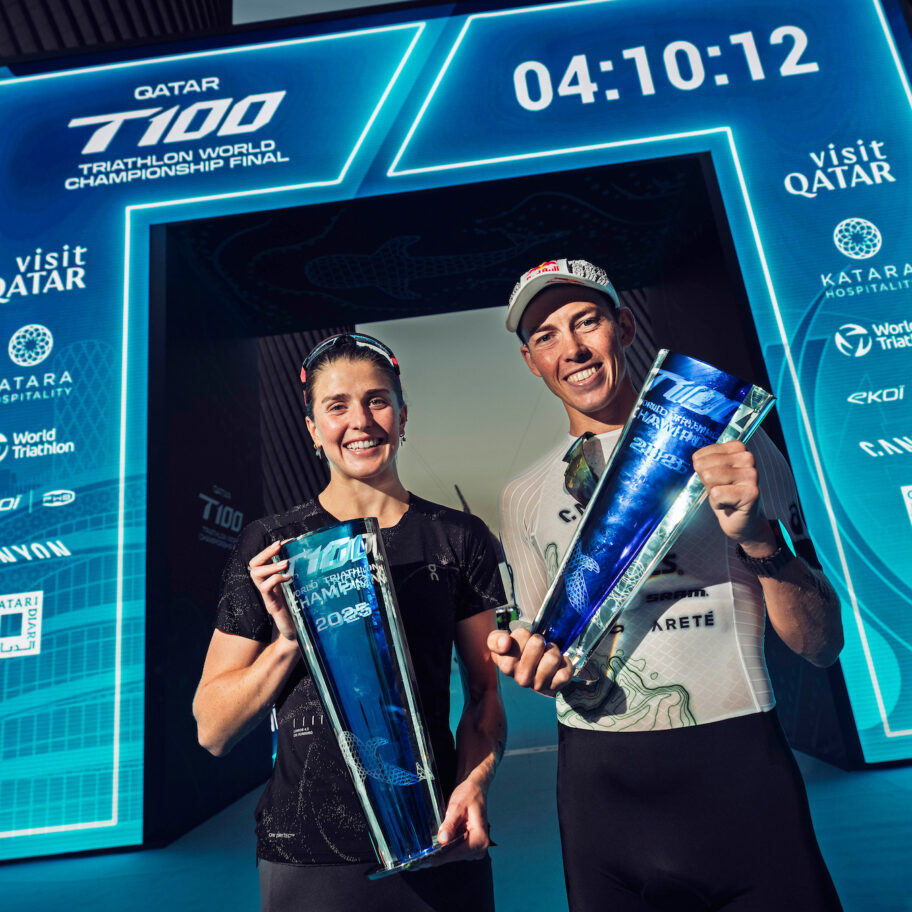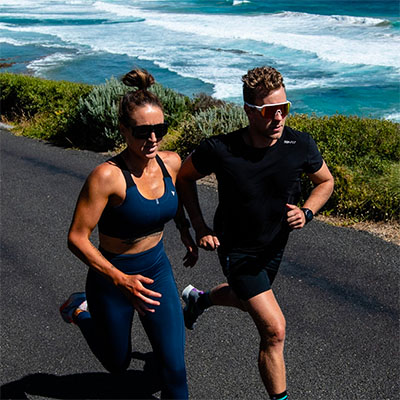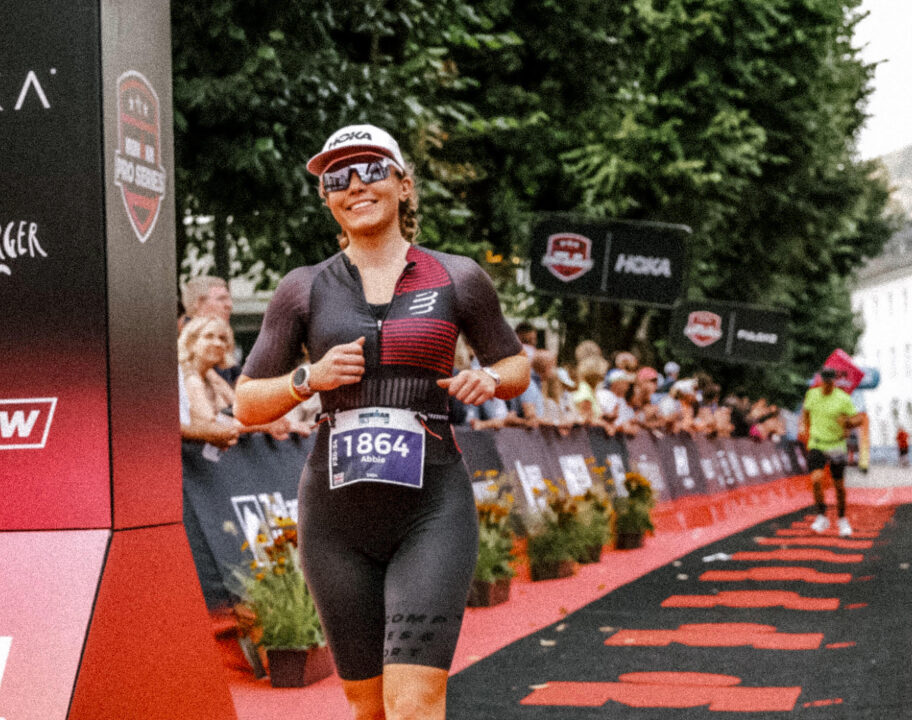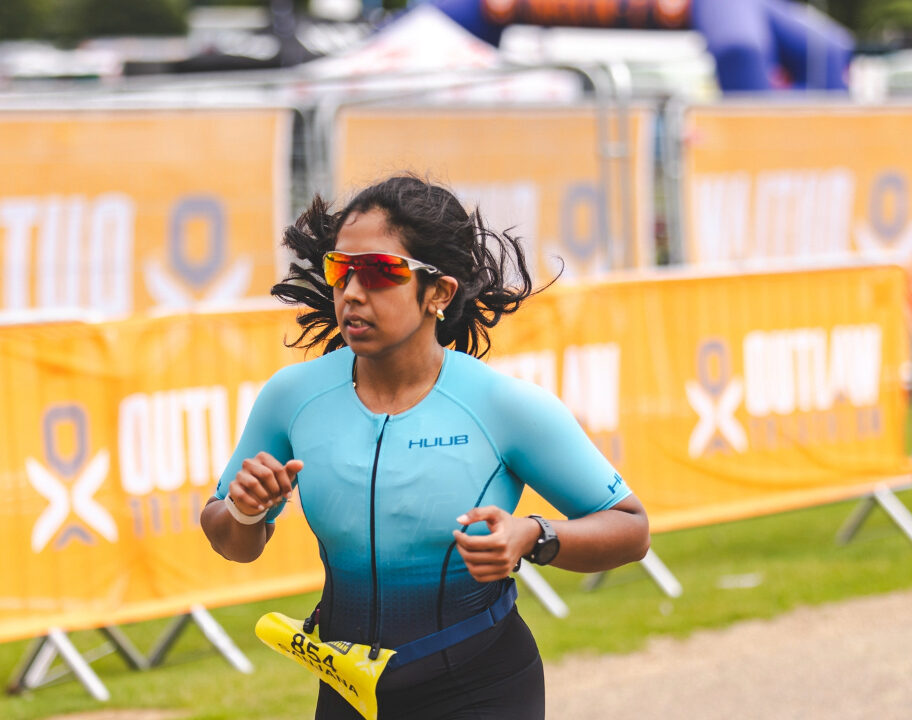Magnesium supplementation is becoming far more common amid endurance athletes, whether it’s to reduce the likelihood of painful muscle cramps, reduce DOMs, or to facilitate better sleep after a hard day of swim, bike and run. And while there are a wide variety of oral magnesium supplements, topical application can be a useful way to target specific areas and get faster absorption.
I’ve used a few different magnesium sprays in the past – most of which have ended up gathering dust on a bathroom shelf because the tingling effect left me feeling like I’d been rolling around in a patch of nettles. But with my Ironman training ramping up, and to-do lists for work and life stuff getting exponentially longer at the same time. I was willing to give topical magnesium another shot.
With less than 4 months now until the IRONMAN World Championship in Kona – I’m going to need all the help I can get to train hard and recover harder while managing the juggling act that is being an age-group triathlete with a full time job (and two demanding sausage dogs). I’ve been testing out a few different topical magnesium products from Wintergreen to see if they could help to improve my recovery between workouts and get my legs feeling a little fresher during sessions.
What are the potential benefits of the Wintergreen magnesium range?
Magnesium is a pretty important mineral for everyone, but particularly endurance athletes. It plays a role in maintaining normal muscle contractions – potentially alleviating the onset of muscle cramps. Helps to turn glucose into glycogen and plays a role in the synthesis of ATP (the body’s energy currency). Plays a key part in bone development and remodelling, and aids protein synthesis to speed up musculoskeletal repair after training. It also contributes to the maintenance of healthy skin, promoting collagen production, hydration and improved elasticity (we often forget how much we put our skin through when we’re training!). And magnesium helps to inhibit the production of the stress hormone, cortisol, and enhance the production of the sleep hormone, melatonin. Which in turn can help to promote better rest and relaxation between sessions.
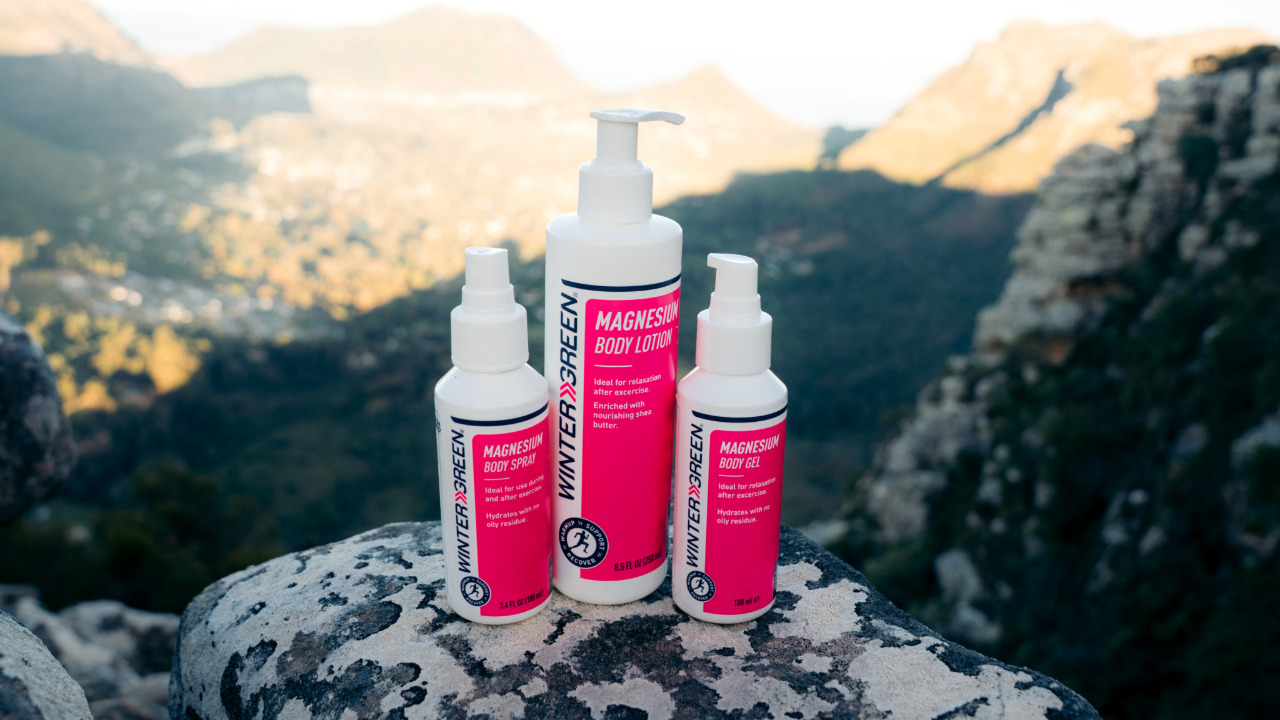
If you want to learn more, take a look at my deep dive into the role of magnesium in the body and the potential benefits of supplementation for endurance athletes here.
Topical magnesium skincare products to offer fast, targeted benefits
The magnesium range from Wintergreen comes in a few different skincare product formulations, designed to offer quick absorption and fast, targeted application compared to oral supplementation. By applying the solutions directly to the skin, the digestive system is bypassed as the magnesium is absorbed through the intracellular pathways. This means that not only does the magnesium enter the bloodstream faster compared to taking it in pill or powder form – there’s also no risk of side effects like digestive discomfort (if you know, you know) that some people can experience when taking magnesium.
So: reduced muscle soreness, improved recovery and better rest and relaxation in a fast-acting formula are the headlines here when it comes to the promised benefits of using the Wintergreen magnesium range. But has it delivered?
Testing out the Wintergreen magnesium products
As mentioned, I’ve been testing out three of Wintergreen’s topical magnesium products over the last month or so – a lotion, a gel and a spray. You can tap through the tabs below to get a summary of how each product differs and how I’ve been using them.
The Wintergreen Magnesium Body Gel is – you guessed it – a concentrated gel formulation. It contains magnesium PCA, known for its skincare and anti-inflammatory properties. And magnesium sulphate, most commonly used for soothing muscle aches and pains. It also contains wintergreen oil and arnica oil, both said to provide natural pain relief and reduce inflammation. I’ve mainly being using the gel post-workout once I’ve showered. It has a really nice cooling effect and it absorbs super quickly which is ideal when I’m rushing to my desk.
Wintergreen’s Magnesium Body Lotion is a thicker formulation than the gel. It contains magnesium PCA, magnesium sulphate, wintergreen oil and arnica oil. But it also has shea butter which makes it more moisturising than the gel, and menthol, which increases the cooling effect. I do find the menthol makes the tingling sensation slightly more pronounced when using the lotion vs the gel, but it’s still not to a level where it’s uncomfortable or unpleasant. This takes a little longer to absorb into the skin, so I’ve mainly been using it before I go to sleep.
Finally the spray is the most concentrated formulation on offer from Wintergreen, ideal for fast and targeted use. It contains magnesium PCA and sulphate, and it also has magnesium chloride known for reducing joint paint and cramping. You don’t need to rub this in, which makes it useful for having in your kit bag as you don’t need to wash your hands afterwards. I’ve found the spray useful for adhoc targeted relief for any particularly sore or achy areas.

No stingy nettle-level tingles
It’s quite common to get a tingling sensation when you apply magnesium-based products to your skin – I’m no dermatologist, but my understanding is this sensation is to do with the rapid absorption of the magnesium molecules through your skin cells via diffusion. It’s thought this can be more pronounced if your magnesium levels are low as the difference in concentration speeds up the diffusion and absorption.
But I’ve found with magnesium products in the past, even after regular use, the tingly sensation was so uncomfortable and long-lasting I had to be really careful about applying the products before bed time, because I’d then struggle to get to sleep. Not ideal!
The Wintergreen magnesium lotion and gel both contain arnica and wintergreen oil alongside the magnesium. These both have anti-inflammatory and pain-relieving properties, and they seem to work well as a carrier oil to reduce the tingly effect. It’s more of a gentle cooling sensation, than “I’ve been rolling around in a nettle bush”. Even the concentrated spray seems to be less harsh compared to other products I’ve used. So far, so good!
Reduced lingering muscle soreness and a better recovery routine
Training stress and life stress have both been ramping up the volume fairly often this year, and I’d noticed this had started to manifest as more lingering muscle soreness than usual between sessions. For example where a hard VO2 bike session would usually only leave me with achey quads for a day or so, I’d notice I was still feeling the effects 2-3 days later. And I even started to get a bit of inflammation in my piriformis which was causing some irritation with my sciatic nerve.
I’ve found that testing the Wintergreen magnesium products has kickstarted a bit of a better self-care and recovery routine for me. I’m actually a qualified sports massage therapist, so I know how beneficial light massage can be to get the muscles back on board after a training session alongside regular deep tissue treatments. But it’s rare I actually remember to practice what I preach. I’ve been applying the Wintergreen gel after each training session, which doubles up as a very quick post-workout massage.
Without access to laboratory level equipment to get a measure of my actual inflammation markers – I can’t say for sure that the products have improved my body’s capacity for muscular repair. But anecdotally, over the last few weeks I have noticed reduced muscle soreness and had more confidence that the tougher workouts on my training plan weren’t going to have a knock-on impact for the rest of the week. So I think the combination of topping up my magnesium levels, and the reminder to take a bit better care of my muscles after training, has had a positive impact.
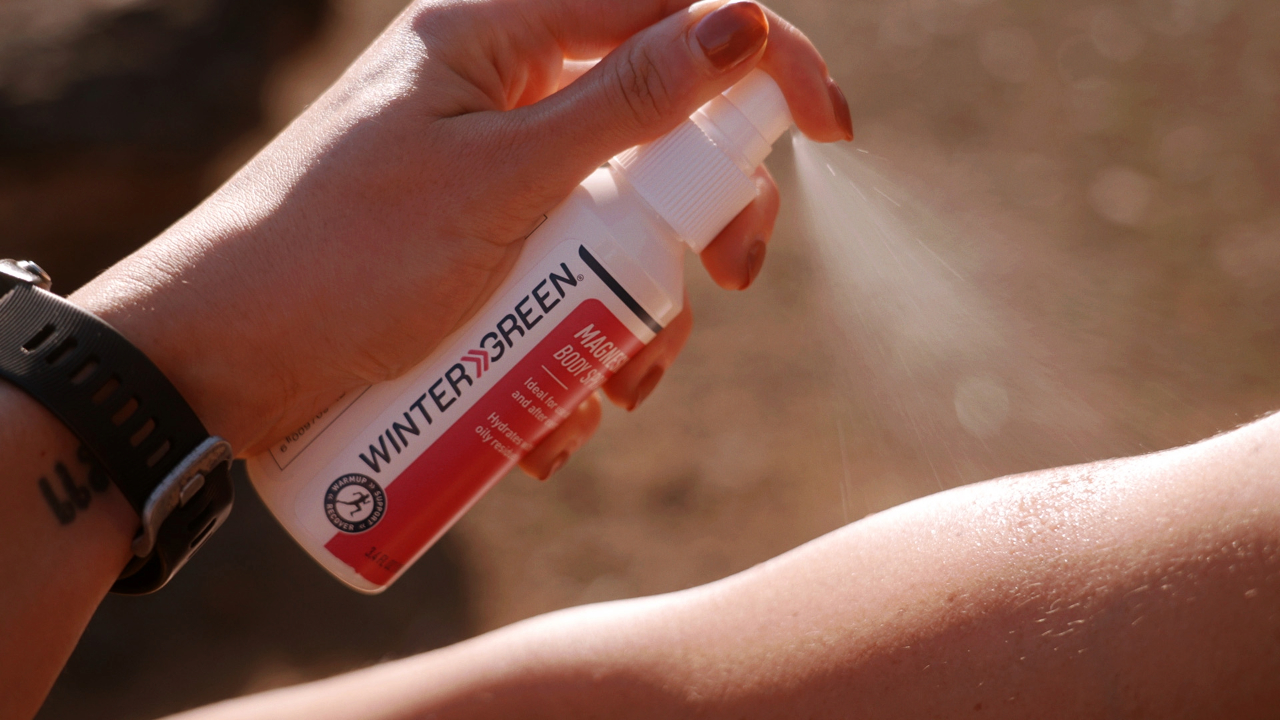
Sleep quality
While the main benefit I wanted to see from using the Wintergreen magnesium products was reduced muscle soreness and faster recovery between sessions. I was also interested to see if topical magnesium could help to improve my sleep quality. I’m generally quite a bad sleeper anyway, which alongside the pre-5.30am alarm calls most days to get morning training sessions done and the need to train again after work, means it’s rare I get enough Zs. Multiple people have told me to try taking magnesium, but I’ll be honest – I was sceptical.
Again, it’s hard to quantify. But I have noticed since I’ve been using the Wintergreen lotion before bed I’ve been falling asleep a little faster and my Garmin sleep quality scores have improved. My schedule and tendency to doom scroll means I’m still not getting enough hours of sleep. However, ‘shorter than ideal, but restorative’ has become the trending summary in my Garmin app, which is an improvement on my normal scathing sleep report!
Verdict
As I’ve mentioned, it’s hard to really quantify with precision if the Wintergreen magnesium products ‘work’. But so far they’ve been nice to use, helped me to prioritise having more of a recovery routine in place and, anecdotally, I’m feeling the benefits. Muscle soreness isn’t lasting as long, despite having some pretty spicy sessions to tick off in recent weeks alongside an increase in volume. Sleep quality seems to be trending upwards. And the formulations have definitely been keeping my skin happier compared to the usual cocktail of sweat, sunscreen and chlorine it gets subjected to.
During Ironman training, I need to give my body all the help it can get to cope with the demands of the many hours of swim-bike-run. So overall, particularly given the products are so reasonably priced, if you’re struggling with slow recovery times or just looking to take a no stone unturned approach to supporting your training. I’d recommend giving the Wintergreen Magnesium Recovery range a try!



